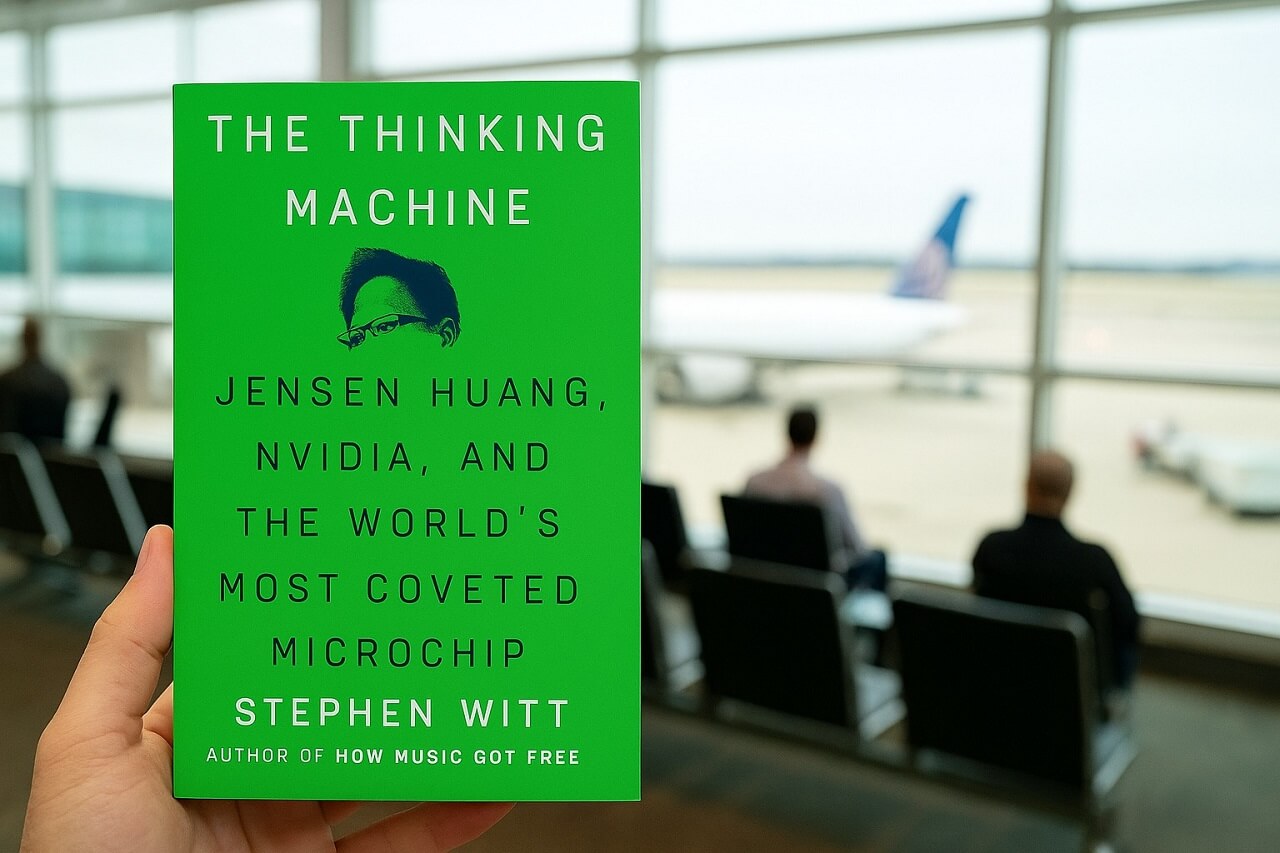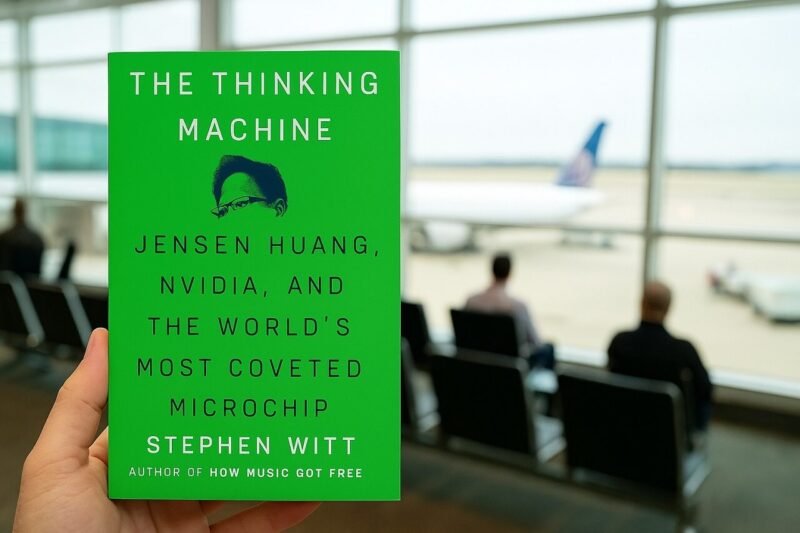
Share Post:
Reading is a way to expand your knowledge, explore different worlds, and even lower stress levels. A 2023 Gallup poll found that the average American reads about 12.6 books per year, but many passionate readers aim far higher.
To keep that momentum going, tracking what you read can be a game-changer. It helps you stay motivated, spot patterns in your choices, and reflect on your progress.
Whether you’re building a personal library or trying to win a friendly book club challenge, there’s no shortage of tools to help. Goodreads, Notion, and a growing list of alternatives make it easy to log your books, measure your habits, and even get tailored recommendations.
Here’s a practical, tool-by-tool look at how to set up, customize, and make the most of your reading tracker.
Key Highlights
Getting Started with Goodreads for Reading Tracking Goodreads has been around since 2007 and now has over 150 million users worldwide.
Owned by Amazon, it’s essentially a mix of a massive book database, a reading journal, and a social network for book lovers.
Setting Up the Reading Challenge
The annual Reading Challenge is one of Goodreads’ most popular features. It’s simple but surprisingly motivating.
- Log in to your Goodreads account.
- Go to the My Books section.
- Look for the Reading Challenge widget on the right or click the Challenges tab.
- Set your target – for example, 50 books for 2025 – and save.
As you mark books as finished, Goodreads updates your progress bar and tells you if you’re ahead or behind schedule. If you hit mid-year with 30 books read out of your 50-book goal, the site will flag you as being ahead by 5 books.
You can tweak the goal anytime and still keep your stats intact. Many readers post their challenges on social media or in Goodreads groups, which adds some friendly accountability.
At year’s end, Goodreads also gives you a wrap-up, showing total pages read, most-read genres, and your highest-rated titles.
Using Shelves to Organize and Track Books
Goodreads organizes everything through “shelves.” By default, you get three exclusive shelves: Want to Read, Currently Reading, and Read.
A book can only be on one exclusive shelf at a time, which keeps your tracking neat. You can also create custom shelves for specific categories:
Adding a book is simple: search for it, click the cover, and pick a shelf. You can tag it to multiple non-exclusive shelves as well – for example, a book might be on “Read” and “Mystery.”
Advanced users can export their shelves as a CSV file for backup or deeper analysis in Excel or Google Sheets. Over time, those lists reveal interesting patterns – maybe you read mostly historical fiction in summer or nonfiction in winter.
Statistics and Insights
Goodreads offers basic reading stats: average rating you’ve given, number of books read, and a monthly breakdown in your challenge. If you want more, you can tap into the Goodreads API or use third-party apps for visual charts and graphs.
A smart habit is to review your shelves every quarter. This makes it easy to spot if you’re drifting away from your reading goals and adjust before you fall too far behind.
Mastering Reading Tracking in Notion
Notion is not just for project management or personal journaling. It’s one of the most flexible tools for tracking reading because you can build exactly the system you want. You’re not limited by someone else’s layout.
Choosing and Setting Up a Notion Template
Notion’s built-in template gallery has a few reading trackers, but there’s also a thriving community of creators who sell or share advanced templates.
One popular choice is the Ultimate Book Tracker, which can sync with massive book databases. Here’s a solid starting point for building your own:
- Create a database page and name it “Reading Tracker.”
- Add properties:
- Book Title (Text)
- Author (Text)
- Status (Select: Want to Read, Currently Reading, Finished)
- Rating (Number: 1-5 stars)
- Genre (Multi-select)
- Pages (Number)
- Start Date and End Date (Date)
- Notes (Text or link to another page for detailed reviews)
- Create different views:
- Table view for quick data entry.
- Board view grouped by Status for visual tracking.
- Calendar view sorted by Start Date to schedule your reads.
- Gallery view with cover images for a more visual experience.
An example: A student might set up a gallery view for easy browsing and a table view for detailed tracking of assignments.
Advanced Features and Integrations
Notion becomes even more powerful when you integrate it with other tools:
- Import Goodreads data via CSV using a tool like NotionReads.
- Automate updates with Zapier or Make to sync your tracker with eBook purchases.
- Formulas to calculate progress: prop(“Pages Read”) / prop(“Total Pages”) * 100
You can also create a related database for book series, so you can track progress through multi-volume works. For quote collectors, embedding a sub-database in each book entry makes it easy to store favorite lines.
Tips for Effective Use
Exploring Alternatives Beyond Goodreads and Notion

While Goodreads and Notion are well-known, they’re not the only options. Other platforms offer different benefits – from privacy-first design to deep statistical analysis.
The StoryGraph – Mood-Based Tracking
StoryGraph has built a loyal following with its clean interface and privacy focus. It offers:
- Detailed stats, including “mood maps” that break down your reading by emotional tone.
- Challenges based on books, pages, or hours.
- Half-star ratings and DNF (did not finish) tracking.
- AI-powered recommendations based on mood preferences.
Importing your Goodreads library is straightforward and usually takes under an hour. You can also join Buddy Reads to discuss books with friends.
LibraryThing – Cataloging for Collectors
@our_enchanted_library Our Library System: Part 1 📚 This video shows how I begin to catalog each book in our home library. We use the app LibraryThing to scan each book, working in batches of twenty at a time. I’ll be back soon with part two! #BookTok #BookLover #EnchantedLibrary #HomeLibrary #SoManyBooks #LibraryThing ♬ Up Beat (Married Life) – Kenyi
LibraryThing is ideal if you own a lot of physical books. Features include:
- Barcode scanning through its iOS app.
- Data from over 2,200 libraries worldwide.
- Tags for organization (“owned,” “loaned,” “wishlist”).
- Groups and forums for niche interests.
Its interface feels older, but for collectors, the depth of cataloging is unmatched.
BookWyrm – Decentralized and Community-Driven
BookWyrm runs on a federated model, similar to Mastodon. There’s no central authority; instead, you join an “instance” and can interact with users across others.
- Completely ad-free.
- Privacy-first approach.
- Great for small, niche communities.
- Limited in terms of advanced analytics.
Quick Comparison Table
| Tool | Key Features | Pros | Cons | Best For |
| Goodreads | Shelves, challenges, reviews | Social, huge database, free | Amazon-owned, ads | Social readers |
| Notion | Custom databases, integrations | Flexible, private | Setup takes time | Customizers, note-takers |
| StoryGraph | Mood stats, AI recs | Detailed charts, privacy | Smaller user base | Data-focused readers |
| LibraryThing | Barcode scans, library data | Collector-friendly | Dated design | Book collectors |
| BookWyrm | Federated, community-driven | Privacy-focused, ad-free | Limited features | Indie community seekers |
Practical Tips and Best Practices for Tracking

A reading tracker is only useful if it fits your routine. Here are some habits that make it stick:
- Set realistic goals: If you’re new to tracking, start with a goal of 12 books a year.
- Mix genres: Add variety to avoid burnout – aim for at least 30% nonfiction.
- Sync tools: Use integrations to avoid double entry (Goodreads to Notion, StoryGraph imports, etc.).
- Review regularly: Spend a few minutes each month looking over your notes and stats.
- Back up your data: Export your Goodreads or Notion tracker once a year.
Final Thoughts
Tracking your reading adds structure and satisfaction to an already rewarding activity. Goodreads offers the biggest community, Notion gives you unmatched customization, and StoryGraph delivers advanced analytics without corporate ties.
Simple goals like setting aside a fixed time each day can help you read more books without pressure.
LibraryThing and BookWyrm fill in the gaps for collectors and privacy-minded readers. The best choice is the one you’ll actually use – and the one that makes opening your reading tracker feel as satisfying as turning the last page of a great book.
Related Posts:










